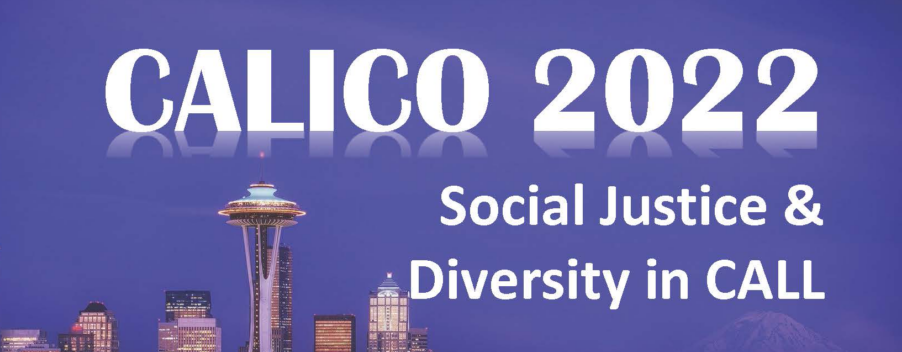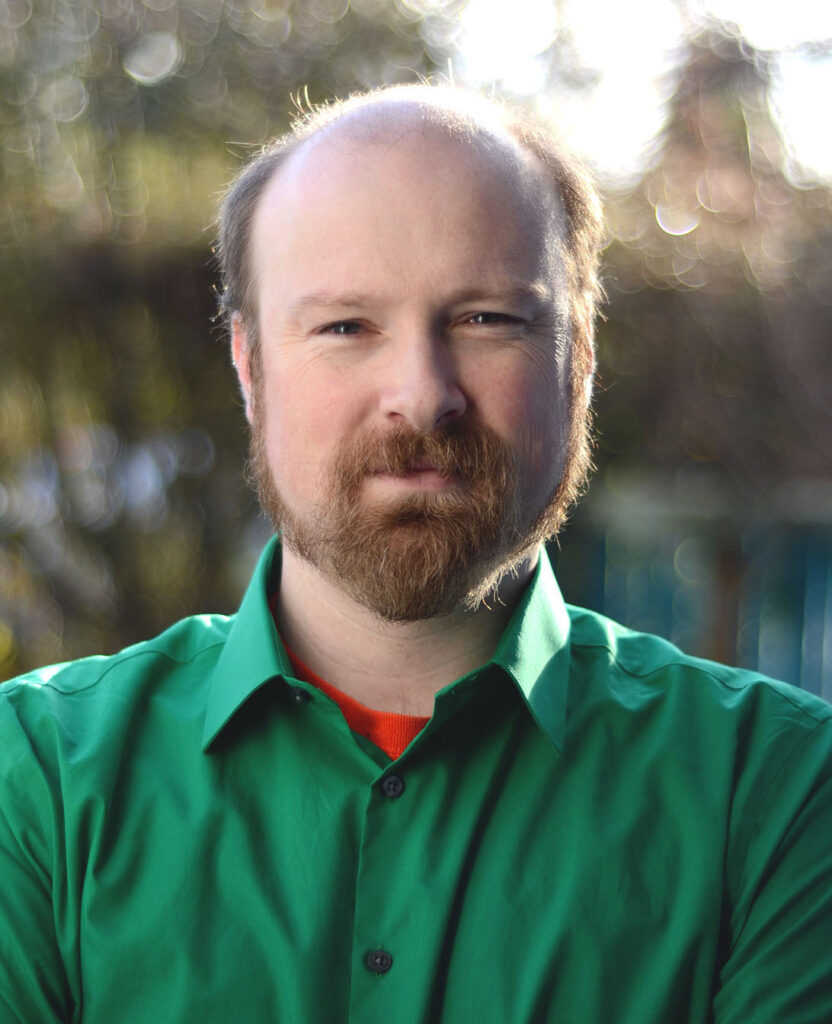
2022 Workshops, Opening Plenary, Posters
Jump to Poster Jump to Opening Plenary Jump to Showcase
Tuesday, May 31 Workshops
Critical Thinking, Task Engagement, and Learning with Educational Escape Rooms
Conducted by: Joy Egbert, Seyed Abdollah Shahrokni, Sandra Mina-Herrera, Estephanie López Contreras, Rose Maleki and Sarah Movius
An educational escape room is a team-based, f2f experience with digital support. During an escape, participants interact with language and content in order to solve puzzles and reach a goal within a time limit. Educational escape rooms can address task engagement, critical thinking, and focused learning. This workshop will provide a pedagogical framework, involve participants in an escape, and show them why and how to build their own.
Handouts: Using Room Escapemaker, Lemoncello, Creative Cards, Hands-on Activity
FanTALES – Getting Ready for Multilingual Interactive Fanfiction Writing in Language Teaching and Learning
Conducted by: Frederik Cornillie and Shannon Sauro
The potential of informal online practices around literary texts is largely untapped for the teaching and learning of language and literature in the modern languages classroom. This workshop introduces you to materials developed by the FanTALES project (www. fantales.eu) which set out to leverage practices from online communities for fanfiction writing and narrative games (interactive fiction) as well as concepts from multilingualism to promote the learning of language, literature, intercultural dialogue, and new media literacies. You will work in groups, both unplugged and on- line. No prior knowledge is required. Please bring a large-screen device that can connect wirelessly to the internet (ideally a laptop).
Wednesday, June 1 Workshops
Technology-mediated Tasks and Tools to Promote Community and Multicultural Understanding in the Additional Language Classroom
Conducted by: Shayna Katz
With the technologies available today, teachers are now able to access a variety of multimodal tools in order to create tasks that foster student collaboration, multicultural understanding, and a sense of connectedness with peers and teachers in the additional language (AL) classroom (Gonzalez-Lloret, 2020). Authentic real-world tasks using Web 2.0 tools engage students in meaningful interactions and provide opportunities for them to take initiative in the construction of their learning (Chong & Reinders, 2020; Long, 2015). As such, this workshop will present several strategies to add authentic technologies and real-world tasks onto a single co-constructed platform: Google Sites.
The Ozobot and Universal Design for Learning: Supporting Students and Teachers in the 21st Century
Conducted by: Joann Arinder and Preyadarshini Panday Shukla
This is a hands-on workshop where teachers will learn how to bring together the Ozobot, the Principles of universal design for learning (UDL), and the topic of their choice to reach their lesson objectives. This way, teachers will be able to better support their students by combining the content that they teach with the Ozobot and providing multiple ways of engagement, representation, and action and expression to help their students to be successful in their learning.
Poster Session
Back to Top
Language Task Engagement Framework
Joy Egbert, Washington State University Haixia He, Washington State University Seyed Shahrokni, Western Oregon University Priya Panday Shukla, Washington State University Intissar Yahia, Washington State University Mira Bekar, Ss Cyril and Methodius University
Educators need guidance on using technology effectively in their own contexts. Because task engagement can lead to achievement in language learning and can be used across contexts, this poster provides such guidance by presenting a language task engagement model that can ground both teaching and research. The task engagement model includes 6 evidence-based facilitators and the related indicators of task engagement, in addition to task elements and outcomes. This poster explains the background of the model and provides links to technology uses that can facilitate task engagement in language classrooms. A handout is also provided.
The Effectiveness of Immersive Learning Technologies on K-12 English as Second Language Learning: A Systematic Review
Yueqi Weng, University of Florida; Matthew Schmidt, University of Florida; Yuanyue Hao, University of Oxford
Immersive technologies are widely applied in English as second language (ESL) education, providing learners with opportunities for authentic learning practice. To date, the majority of research has focused on how the use of immersive technologies influences students’ learning perceptions and English skills. However, the learning effectiveness of immersive technologies on K-12 ESL learning context has received limited attention in the research literature. This study performed a systematic review of published empirical studies from 2012 to 2021 across eight databases. Findings are discussed from the perspective of methodologies and theoretical groundings implemented in located empirical studies and specifically consider the characteristics of immersive technologies promoting ESL learning effectiveness.
Non-native English-speaking Undergraduate Student Engagement in a Blended Writing Class
Haixia He, Washington State University
Many language teachers have taken the initiative in engaging students in a blended environment in order to help students improve their language skills; however, the problem is whether students are engaged when teachers design tasks using engagement facilitators and how teachers can use blended learning to engage students in classrooms, particularly language classrooms. This research study was conducted to examine how students are engaged when teachers design tasks integrating engagement facilitators in a blended writing class based on 10 surveys and follow-up interviews completed by 30 non-native English-speaking undergraduate students in an English writing class at a state university.
Text-Messaging Effects on ASL Students’ Fingerspelling Performance; An Experimental Treatment of an Additional Modality
Hannah Cheloha, Arizona State University
The researcher investigates whether fingerspelling content delivered using the text-message course builder Arist.co has any effect on students’ ASL fingerspelling receptive skills. The course is an online asynchronous beginning intermediate college level American Sign Language course at a major university. The study involves two groups- an experimental and a control group, and will report on two quantitative measures: a pre/post test to measure performance, and overall course performance. An additional qualitative survey will provide insights into the student experience. The researcher will report on the outcomes and make recommendations based on the data.
Increasing LCTL Retention with Digital Badges and Course Sharing
Lauren Rosen, University of Wisconsin; Hongying Xu, University of Wisconsin
The University of Wisconsin System Collaborative Language Program (CLP) recognizes that seat time doesn’t provide a meaningful record of what students can do in the target language and that student schedules are too tight for electives. Language is a skill that supports all disciplines, not just educators and translators. Through the use of nationally recognized proficiency testing and sharing instructional resources across campuses, CLP provides a larger array of upper-level language courses, retains students for a longer sequence through meaningful badging that encourages “leveling up”, and provides credentialing to all students that specifies what they can do in the language.
Advancing Language Learning for the 21st Century Using Maker Education
Ryan Lege, Kanda University of Int’l Studies; Erin Frazier, Kanda University of Int’l Studies; Philip Standlee, Kanda University of Int’l Studies
This presentation will provide the initial results of a Japanese government funded study exploring the effect of maker education, a project-based educational approach that involves teams of students collaborating on iterative hands-on projects, on tertiary language learning. After identifying a need or problem to solve, students engaged in the design and creation of physical artifacts in iterative collaborative stages. Directly following maker education activities, students completed verbal or written reflections about their creative process. These reflections were analyzed with natural language processing and corpus analysis tools to ascertain the implications of the maker education approach for language learning.

Opening Plenary Speaker: Trond Nilsen
Developing Character in the Metaverse–Building Virtual Worlds That Help Us Become Better People
Technology Showcase
Virtual Reality, Attention, and Learner Options
Ulf Schuetze, University of Victoria
This demo shows a virtual classroom that was developed for the specific purpose of language learning. Students and teachers interact via their avatars in a virtual environment that allows them to use a digital whiteboard, projection screens, and 3-D objects while moving around, if desired, to explore the virtual campus, work in breakout rooms or go to a student café. Further to that, games for learning words and collocations as well as a chatbot for practicing short conversations was developed. Results of a study with 250 ESL learners from Asia on the functionality of the different tools will be presented.
How Do we Immerse our Students in Language Learning?
Randall Sadler, University of Illinois; Tricia Thrasher, University of Illinois
This showcase will give attendees the opportunity to explore a VR platform (Immerse) designed specifically for language teaching that enables teacher-to-student rather than student-to-computer interaction. The app includes 30+ learning environments, ranging from a café, a wizard’s classroom, an airport, etc. Immerse has also developed modifiable lesson plans across these customizable environments. This tech showcase will give the attendees the chance to explore the environments from the student perspective via headsets provided by the presenters, and they will also have the chance to see how the teacher interface works via a laptop.
A Mobile Digital Multiplayer Game to Promote Oral/Read-aloud Fluency in L2 French
Denis Liakin, Concordia University; Walcir Cardoso, Concordia University; Natallia Liakina, McGill University
In this technology showcase, we will introduce Astronautes FLS, a non-serious cooperative mobile digital game created to motivate L2 learners to practice French. The conceptualization of Astronautes FLS includes the selection of a lexicon from the 5,000 most frequently used words in French (with each 1,000 frequency band constituting a “proficiency level”), allowing learners to practice what they already know, in an automatized manner. As game levels in- crease, so does the complexity of the vocabulary and related pronunciation. To play the game, players engage in speaking, reading and listening to time-sensitive instructions to pilot a spaceship.
Using Virtual Reality for Courses on Languages for the Health Professions: A Demonstration
Alyssia Miller, University of Tampa; Sarah Manno, University of Tampa
This demonstration will walk participants through different levels of virtual reality (VR) simulations that have been designed and implemented in courses on Spanish for the Health Professions. Participants will engage in either first person mode by using a laptop or by using an Oculus Quest 2 headset. Scenarios include completing tasks such as greeting patients, collecting vital signs, listening to patient information, interacting with primary target language speakers, asking about medication and herbal remedy use, diagnosing the patient and identifying a treatment plan. Participants will be able to visualize potential use of VR in their courses after walking through the scenarios.
Spelling Bee Without Borders
Mahmoud Amer, West Chester University
This showcase presents a customizable desktop (Windows and MacOS) application for a Spelling Bee application for languages other than English. To promote inclusive practices, educators are encouraged to take advantage of existing applications to promote the study and interest in world languages, and games have been shown to be a great way to create and sustain that interest.
The Highlighter Helper: A Corpus-informed Vocabulary Tool for Czech as a Second Language
Katherine Challis, Iowa State University
The Highlighter Helper is a web-based visualization tool which assists language teachers and beginner-level learners with prioritization, automatization, and recall of high frequency words by high- lighting all possible derived forms within user-supplied text, situating the frequency data within a real-world context, and allowing users to easily create personalized flashcards for future practice. This tool is currently optimized for Czech, a less-commonly taught, morphologically rich language with a clear need for easily accessible corpus-informed tools for teachers and beginner learners, but it is also designed to work with any language for which lemma frequency, forms, and dictionary data can be supplied.
WordScape: A Virtual Reality Vocabulary Learning Game
Noëmie Sollier, Iowa State University; April Tan, Iowa State University
Virtual Reality (VR) allows language learners to immerse them- selves within close to real-life contexts anywhere and at any time, often in a highly gamified format. WordScape is a VR game that aims to teach L2 vocabulary through a fun and engaging game narrative based on the concept of an escape room. The first level transports learners inside a VR classroom, where learners must successfully complete a series of actions centered around classroom vocabulary items before time runs out. WordScape will be used to investigate the potential benefits of game-based VR learning on L2 vocabulary acquisition and learner motivation.
Task-based Language Teaching Online: Transforming Classroom Task to Online
Bumyong Choi
In this presentation, the presenter will show the four different types of classroom tasks (individual/collaborated+speaking/writing task) under the task support language teaching (TSLT) curriculum for an elementary-level Korean class first and share the process to trans- form those classroom tasks into online tasks to offer an online TSLT Korean curriculum. He will discuss how the structure of the TSLT curriculum changes, including the task itself and the assessments, plan for the task and share the challenges and benefits of the online TSLT Korean class.
Using #LancsBox Corpus Toolbox in the Academic Writing Classroom
Tanya Tercero, Defense Security Cooperation Univ.
In this technology showcase, the presenter will demonstrate how to use various features of #LancsBox (Brezina, Weill-Tessier, & McEnery, 2020), a “new generation” corpus toolbox. Developed at Lancaster University, this corpus tool allows the user to load txt, xml, doc, and even pdf and zip files to create corpora. Focusing on the analysis of pdfs, including corpora visualization, the presenter will demonstrate how teachers, students, and researchers might use #LancsBox in the academic writing classroom to summarize, synthesize, and analyze journal articles, for example, as well as for language learning, reading comprehension, and the development of arguments.
Audiost@t, An Innovative Platform for Teaching and Assessing Oral Productions in French as a Second Language Classes
Rosa Junghwa Hong, University of Toronto; Nicolas Hebbinckuys, University of Waterloo; Michel Adant, Université de Montréal
Audiost@t, a novel application, is designed to facilitate the assessment of French as a Second Language learners’ oral production. It allows users to record and evaluate reading assignments in a timely and efficient manner. Adopting cycles of (i) learning disciplinary contents- (ii) integration – (iii) assessment – (iv) feedback (re) implementation, Audiost@t allows to provide formative/summative assessment process and integrate instructive materials. It also operates as an instructional tool and can be added as a widget to most LMS. Audiost@t produces a rich source of information for potential researches on FSL learners’ oral production and mastery of phono- logic elements.
Creating and Using H5P Activities in Your Language Classes
Mike Barker, Carleton University
With 30+ activity types, an intuitive (and easy to learn) builder interface, and a vibrant developer community, H5P represents a powerful tool for language educators. In our session, we will: showcase the creation process for some simpler activity types; explore some of the more “language-related” options (e.g. “Speak the Words Set,” “Dictation,” “Dialog Cards,” and “Sort the Paragraphs”); and discuss tips & tricks for layout and sequencing (i.e. how best to introduce, practice and demonstrate acquisition). Already using H5P? Stop by and let’s share some ideas!
Intertwining Feedback and Gameplay: Instructors Tackle Creating a Grammar and Writing Assessment Tool via Twine
Crystal Bonano, Hillsborough Community College; Rebecca Shaw Sullivan, Southern Illinois University
Current research on using Twine in the ESL classroom focuses primarily on student collaboration through game creation, but game design by instructors remains largely ignored. This showcase demonstrates an interactive fiction game using Twine that assesses beginner-level college ESL students’ knowledge of English writing and grammar conventions and provides immediate feedback and review options as students traverse an adaptive narrative.This project shares findings on the effectiveness of using Twine for feed- back and assessment. Recommendations based on our creation process and perspective will be shared for educators unfamiliar with text-based game design. Attendees can explore Twine on provided devices.
360-degree Images, Hotspots, and Language Teaching: An Intro to GoPro 360 and CloudPano
Ivan Crespo, University of Illinois; Muhammet Gumus, University of Illinois; Randall Sadler, University of Illinois
Although the use of 360-degree images in language education has been used for some time, recent advances in both camera and hosting technologies have made this technology much more affordable and technologically approachable for language teachers. This showcase will demonstrate the use of GoPro 360 cameras in conjunction with the CloudPano system to create 360 images for language teaching that include the integration of ‘hotspots’ that can lead to text, images, videos, quizzes, and more. Attendees will have the chance to take 360 images and import them into their own CloudPano tour, where they can then add hotspots.
Digital Mapping and Linguistic Landscapes: Documented Language Identities in Context
Adolfo Carrillo Cabello, University of Minnesota; Shana Crosson, University of Minnesota; Cecily Brown, University of Minnesota
Linguistic Landscapes (LLs) foster eclectic mixes for the expansion of pedagogical approaches that can help transform language ideologies. This presentation reports on the use of LLs and situated learning experiences to promote opportunities for increased intercultural competence by facilitating exposure to rich L2 input and spatial content. Using multimedia content organized in a digital mapping platform, students documented cultural and linguistic expressions in their communities. Results show that students’ engagement increased as the course progressed. Furthermore, students reported increased knowledge about geography, the impact of language and immigration in their immediate context, and developing greater awareness of cultural content.

